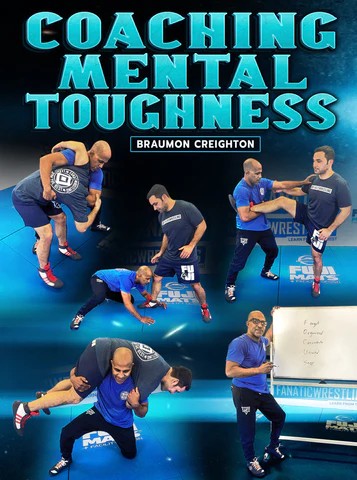Brazilian Jiu Jitsu (BJJ) is a complex martial art requiring dedication and consistent effort. So, how long does it take to learn BJJ? This comprehensive guide explores the BJJ journey, from beginner white belt to the coveted black belt and beyond, outlining factors that influence learning time and highlighting the transformative power of this martial art.
The Beginner’s Journey in BJJ
Stepping onto the mats for the first time can be daunting. White belts begin by learning fundamental movements: basic positions, shrimping, bridging, guard passing, escapes, and grips. Mastering these basics takes time and patience. Expect to spend a minimum of two years at the white belt level, focusing on building a solid foundation and developing muscle memory. This phase is crucial for ingraining proper technique and learning to make sound decisions under pressure.
 White belt learning fundamental movements in Brazilian Jiu Jitsu
White belt learning fundamental movements in Brazilian Jiu Jitsu
Navigating the Colored Belt Ranks
Progressing through the colored belt ranks (blue, purple, brown) is a significant undertaking. Each level presents new challenges and expectations. Blue belts often experience a “reality check,” realizing the depth of the art and the commitment required. This phase is about refining techniques, developing a deeper understanding of strategy, and beginning to solidify personal style.
Consistent training, seeking out quality instruction, and a dedication to continuous improvement are essential for advancement. Reaching each colored belt typically requires several years of dedicated training, with the time varying based on individual learning curves and training frequency.
The Path to Black Belt: A Decade of Dedication
Earning a BJJ black belt signifies mastery of the art and a deep understanding of its principles. Unlike some martial arts, achieving this rank in BJJ typically takes a minimum of ten years, often longer. This extensive timeframe reflects the complexity of BJJ and the emphasis on technical proficiency, strategic thinking, and teaching ability.
A black belt is not just a skilled fighter but also a knowledgeable instructor capable of guiding and nurturing future generations of BJJ practitioners. It represents a lifelong commitment to learning and embodies the core values of respect, discipline, and humility.
Beyond Black Belt: A Lifelong Pursuit
The BJJ journey doesn’t end at black belt. Further progression involves earning degrees on the black belt, culminating in the rare and prestigious red belt, awarded only to the most accomplished and influential figures in the art. Each degree represents years of continued dedication, contribution to the art, and unwavering commitment to the BJJ community.
Accelerating Your BJJ Journey
While there’s no shortcut to mastery, consistent training, competition experience, and a deep immersion in the art can accelerate progress. Frequent competition tests skills and exposes areas for improvement. Success in tournaments can often lead to faster promotions. Similarly, applying BJJ skills in real-world scenarios, such as mixed martial arts, demonstrates a high level of proficiency and can influence promotion timelines.
The Transformative Power of BJJ
BJJ offers more than just self-defense skills. It fosters personal growth, builds confidence, and cultivates a strong sense of community. The physical and mental challenges of training build resilience, discipline, and problem-solving abilities. BJJ provides a supportive environment where individuals can push their limits, overcome obstacles, and forge lasting bonds with fellow practitioners.
Conclusion: Embracing the BJJ Journey
Learning BJJ is a marathon, not a sprint. The time it takes to reach each belt varies greatly depending on individual dedication, training frequency, and natural aptitude. However, regardless of the timeline, the journey itself is transformative, offering invaluable life lessons, personal growth, and a deep connection to a vibrant and supportive community. Embrace the challenge, enjoy the process, and the rewards of BJJ will be immeasurable.